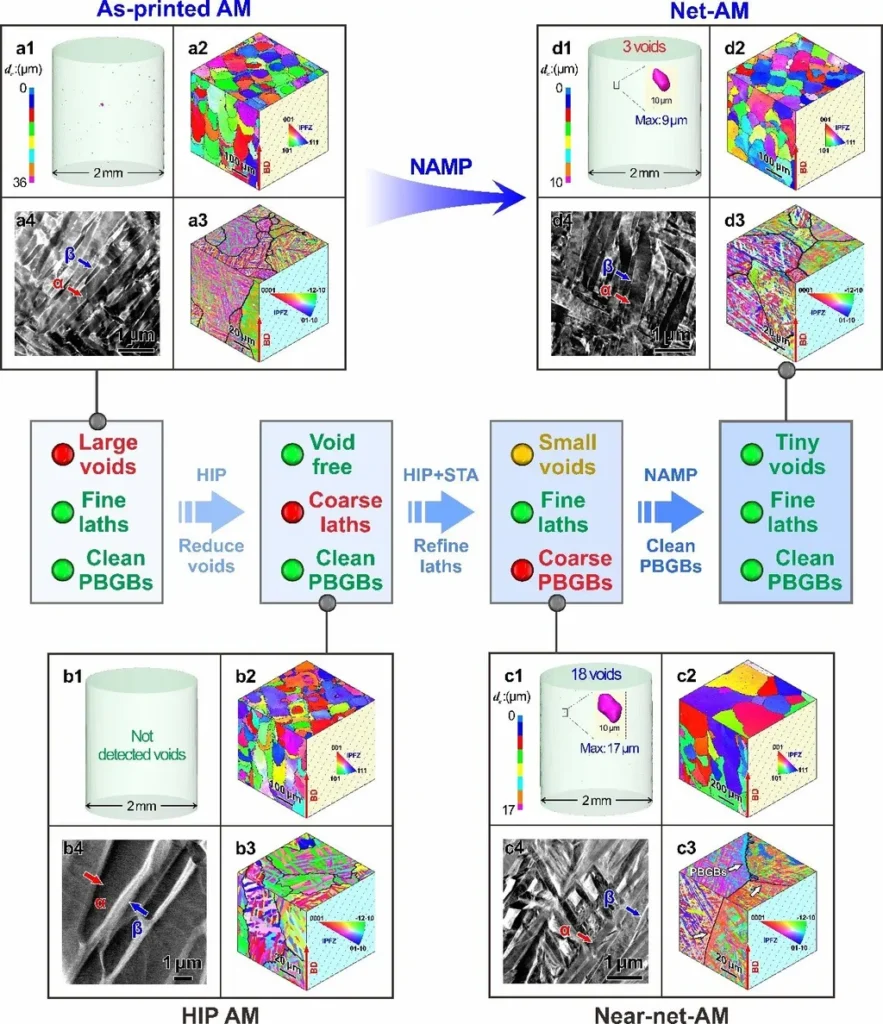In the rapidly evolving world of additive manufacturing, a groundbreaking study has shed new light on the behavior of 3D printed titanium alloy parts, with significant implications for the energy sector. Led by Liu Huan, this research delves into the local cyclic plastic behavior of notched titanium alloy components, offering insights that could revolutionize the way we approach material fatigue and durability in critical energy infrastructure.
The study, published in Jixie qiangdu, which translates to ‘Mechanical Strength’, focuses on the stress and strain fields near notches in 3D printed titanium alloys. Using finite element analysis, Liu Huan and the research team meticulously mapped out the evolution of these fields, providing a detailed understanding of how these materials respond to cyclic loading.
One of the most striking findings is the occurrence of ratcheting deformation at the notch root. This phenomenon, where materials deform incrementally under cyclic stress, is a critical factor in the fatigue life of components. “The maximum ratcheting strain rate was observed in the L3 direction, while the minimum was in the L1 direction,” Liu Huan explained. This directional dependency is a game-changer for industries like energy, where components often endure complex, multidirectional stresses.
The research also explored the influence of the forming direction on stress triaxiality and strain energy. While the forming direction had a minimal impact on stress triaxiality and elastic strain energy, it significantly affected plastic strain energy. As the number of cycles increased, the differences in plastic strain energy for various notch radii became more pronounced. This finding underscores the importance of considering the forming direction in the design and manufacturing of 3D printed components for the energy sector.
The implications of this research are vast. In an industry where the failure of a single component can lead to catastrophic consequences, understanding and mitigating ratcheting deformation is paramount. This study provides a roadmap for optimizing the design and manufacturing of 3D printed titanium alloy parts, enhancing their durability and reliability in high-stress environments.
Moreover, the insights gained from this research could pave the way for the development of new materials and manufacturing techniques tailored to the unique demands of the energy sector. As we strive towards a future powered by renewable energy, the need for robust, reliable components becomes ever more pressing. This study is a significant step towards meeting that need.
For the energy sector, the potential benefits are clear. By leveraging the findings of this research, companies can design and manufacture components that are not only stronger and more durable but also more efficient and cost-effective. This could lead to significant savings in maintenance and replacement costs, as well as improved safety and reliability.
As we look to the future, it’s clear that additive manufacturing will play a pivotal role in the energy sector. With its ability to create complex, customized components with minimal waste, 3D printing is poised to revolutionize the way we build and maintain our energy infrastructure. And with studies like Liu Huan’s leading the way, we can expect to see even more innovative and exciting developments in the years to come.

